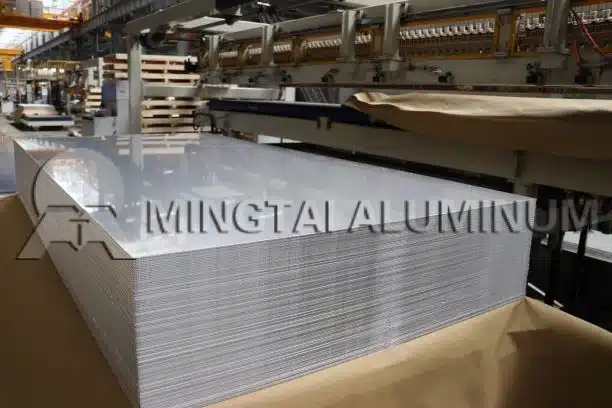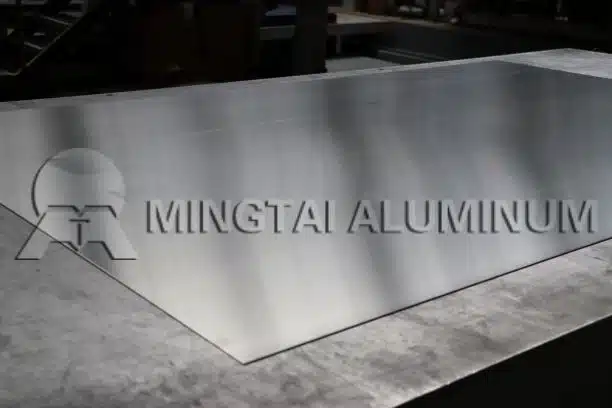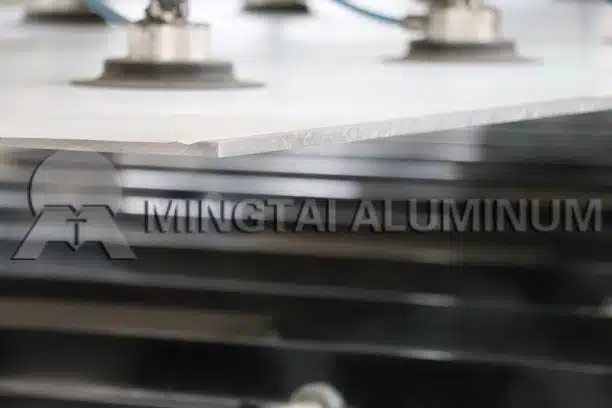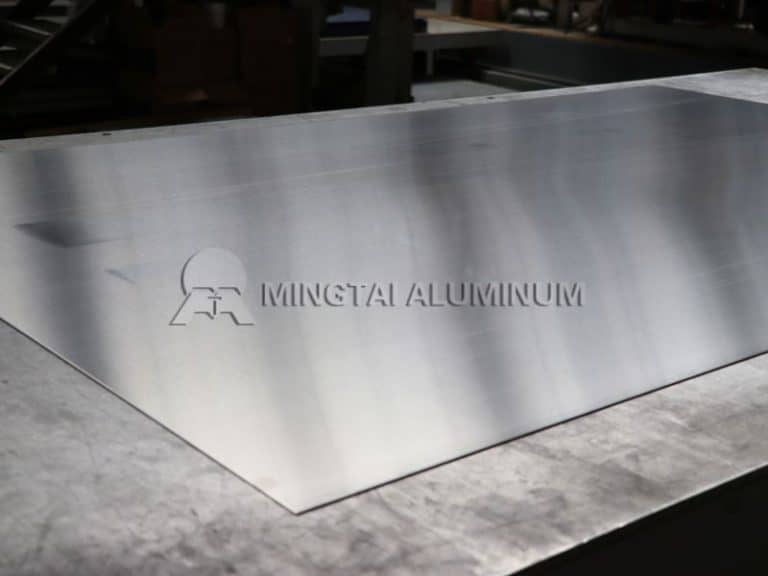
Introduction
Why Smooth Cuts Are Awesome
Smooth cuts on aluminium plates are a total win. They make your project look dope and slot together like Legos. You won’t be stuck sanding down messy edges forever. Plus, clean cuts keep the metal solid, so no weak bits from rough, janky cuts.
Why Aluminium Can Be a Pain to Cut
Aluminium’s a bit of a diva. It’s soft, so it gums up your tools. It heats up quick and might twist if you’re not careful. Different types, like the 1100 pure aluminium plate, which shrugs off rust and bends like a dream but isn’t super tough, need their own game plan. Without the right tools or tricks, you’ll end up with a hot mess of an edge.
Step 1: Pick the Right Gear
Choosing the Best Tool for Your Plate
The tool you grab depends on how beefy your plate is and what you’re making.
Metal Shears for Thin Sheets
For skinny sheets, snag some manual or electric shears. They slice straight without bending stuff out of whack. Perfect for soft alloys like the 1070 aluminium plate, which bends like nobody’s business, fights rust, but isn’t the toughest cookie.
Circular Saw for Chunky Plates
Thicker plates, like for molds or big builds, need a heavy hitter. A circular saw with a carbide-tipped blade cuts clean and straight. It’s awesome for medium-tough alloys like the 6082 aluminium plate, which you can heat-treat, bend, weld, machine, and it holds up to rust.
Jigsaw for Funky Shapes
Wanna cut curves or custom stuff? A jigsaw with a fine-toothed blade is your wingman. It’s great for fancy designs or one-off pieces.
High-Tech Tools for Big Gigs
CNC Laser Cutting
Laser cutting, run by a computer, is wicked precise. It’s your go-to for crazy detailed designs when you’re pumping out tons of parts.
CNC Waterjet Cutting
Waterjet cutting blasts water and grit to hack through thick aluminium without heating it up. It’s killer when you don’t want the metal to twist from heat.
Step 2: Prep Your Plate
Cleaning the Plate First
Wipe off any grease, dust, or crud from the plate. Gunk can mess up your tools and make cuts look like garbage.
Marking Your Cut Line
Grab a steel ruler or caliper to measure spot-on. Scribble your line with a marker or scribe that comes off easy. It stays clear but won’t wreck the plate.
Keeping the Plate Locked Down
Clamp that plate down like it owes you money. If it jiggles while you cut, you’ll get wobbly edges or maybe even nick yourself if the tool slips.
Step 3: Get Your Tool Ready
Setting Up the Blade
Make sure your blade’s sharp and built for soft metals like aluminium. Pick the right tooth count—lots for thin sheets, fewer for thick ones.
Nailing the Speed
Aluminium likes quick cuts compared to tough metals. But don’t go nuts, or it’ll get toasty. Peek at the tool’s manual for the perfect speed.
Slapping on Some Lube
Throw on some lubricant or coolant to keep things slick. It stops metal from glomming onto the blade. This is a big deal for alloys like the 3104 aluminium plate, which is awesome for deep-drawing but can warp if it gets too hot.
Step 4: Making the Cut
Stay Safe
Pop on gloves, goggles, and ear protection. Keep your workspace chill with good airflow. Clear out anything that could spark near power tools.
Cutting the Plate: How to Crush It
Go slow at first to stick to your line. Then crank it up a bit. Don’t jam the tool—let it do its thing. This keeps the plate from warping and cuts down on rough bits.
Steering Clear of Screw-Ups
Don’t use a dull blade or the wrong tooth count. They’ll rip up the aluminium. Double-check the plate’s clamped tight. Even a little shake can tank your cut.
Step 5: Smooth Those Edges
Cleaning Up Rough Spots
After cutting, grab a deburring tool or file to tame sharp edges and metal scraps. This keeps things safe and ready for welding or sticking together.
Polishing for a Sweet Finish
Buff the edges with fine sandpaper or a rotary tool with a polishing pad. For aluminium-plastic plates used in stuff like curtain walls, restaurants, shops, or meeting rooms, shiny edges make it look next-level.
Step 6: Final Check and Cleanup
Giving Your Cut a Once-Over
Check the cut under good light. Is it straight? Smooth? No rough patches? Make sure it matches your measurements before you roll with it.
Tidying Up the Mess
Scoop up metal bits and dust with a shop vacuum or brush. Leftover junk can be a pain or mess up your next gig.
Stashing Tools and Extra Metal
Tuck blades in protective cases. Oil up tool parts before putting them away. Label leftover plates by type, like the 5182 aluminium plate, used for low-load parts that bend easy and weld like a champ. Stack plates flat in a dry spot to keep them from bending or rusting.

Conclusion
Hot Tips for Smooth Cuts
Smooth cuts take a bit of prep. Grab the right tool for the plate’s type and thickness. Lock the metal down. Keep your gear in top shape.
Stick to the Plan for Killer Results
Follow these steps, and you’ll nail it every time. Measuring, cutting, polishing—every bit makes your project pop.
When to Call the Big Guns
Got a wild design or a huge batch? Pros with CNC laser or waterjet rigs can handle tough alloys like the 7075 aluminium plate, which is rock-hard and wears like iron.
Hook Up with MINGTAI ALUMINIUM
Whether you’re using 1100 pure aluminium plate or alloys like 6082, MINGTAI ALUMINIUM’s got top-shelf materials for everything from phones to molds. Teaming up with MINGTAI ALUMINIUM means you get primo stuff with hardcore quality checks.
FAQ
Q: What aluminium plates are best for DIY projects?
A: Alloys like 3003 or 5052 are dope for DIY. The 3003 plate laughs off rust and bends like a breeze. The 5052 plate’s tougher for bigger gigs. Both cut smooth with the right gear.
Q: How do I keep from scratching my aluminum plate while cutting?
A: Slap on masking tape or protective film over the cut line. It saves the surface from tool scratches. Keep your worktable clean and smooth. Use a sharp blade for soft metals to avoid dings.
Q: How do I stash an aluminium plate after cutting to keep it in good shape?
A: Store plates in a dry, breezy spot to dodge rust. Stack them flat on a pallet or rack so they don’t bend. Cover with a sheet to block dust and water. Label each plate by type for easy grabs later.




